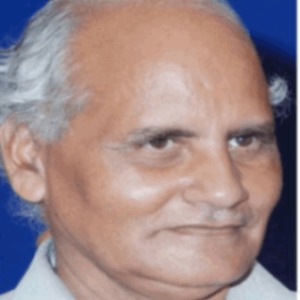Title : Perspective of ruthenium complex catalyst system for selective oxidation of methane
Abstract:
The existing commercial process for producing methanol form methane, involves two-steps, in which the steam reforming of methane to synthesis gas occurs in the first step followed by the high pressure catalytic conversion of synthesis gas to methanol. The direct oxidation of methane to methanol has attracted great interests due to its importance as an industrial process and as model for alkane oxidation. Also methane is a greenhouse gas of high global warming potential In nature the methanotrophs are bacteria that live on methane as their only source of carbon and the first step in their utilization of this simplest saturated hydrocarbons is it`s selective conversion to methanol. The conversion of methane to methanol is catalyzed at the active site of a metalloenzyme known as methane monooxygenase (MMO) which is an iron based, binuclear m-oxo (m-hydroxo) iron complex, in which one atom of the molecular oxygen molecule is assimilated into the methanol and the other forms water. A ruthenium analogue of MMO catalyst system, binuclear bridged Ru-complex, bis–(µ–acetato)(µ–oxo) bis–salen ruthenium (III), [L2 Ru2 (µ–O)(µ–CH3COO)2] (L = Hsalen) 1, investigated for oxidation of methane was found to be efficient to produce selectively methanol form methane by using molecular oxygen as an benign oxidant at moderate pressure. Ru - Complex 1 catalysed oxidation of methane afforded selective formation of methanol with small formaldehyde formation in a 1:1 (v/v) mixture of acetone-water (60 mL) solvent. In typical experiments performed in a auto clave of 100 mL capacity at 30 °C and 15 atm. pressure (pO2=5 atm. and pCH4=10 atm.), 27 x 10-3 M methanol and 2.4 x 10-3 M formaldehyde were found to be formed with 5 x 10-4 M catalyst. Catalytic oxidation of methane was studied in detail as a function of total pressure, concentration of the catalyst and the pressures of methane and molecular oxygen in which oxidation is found to be favorably affected by these parameters. The rates of the oxidation of methane to methanol were linearly increased on increasing the concentrations of the catalyst, total pressure, and partial pressure of methane and molecular oxygen under employed reaction conditions showing first order dependence kinetics in each concentration parameter. Based on kinetics and experimental observations a non-radical, ionic mechanism was suggested for the oxidation of methane to methanol. The talk will account to present the research and development work on methane oxidation to methanol.



